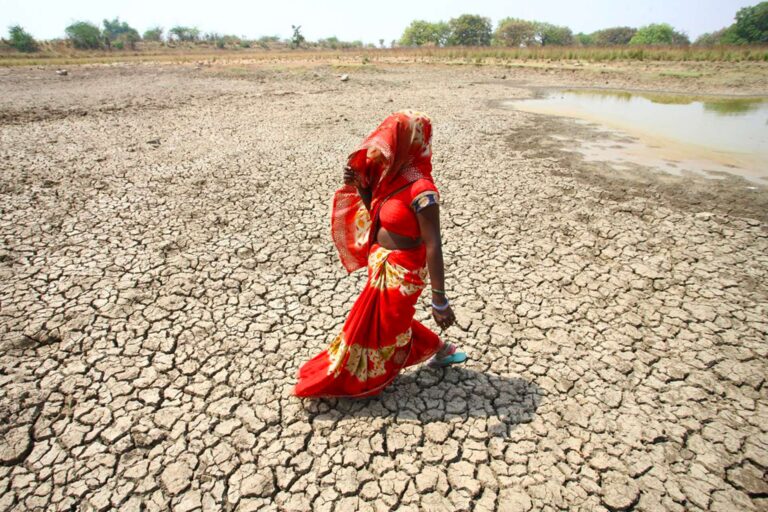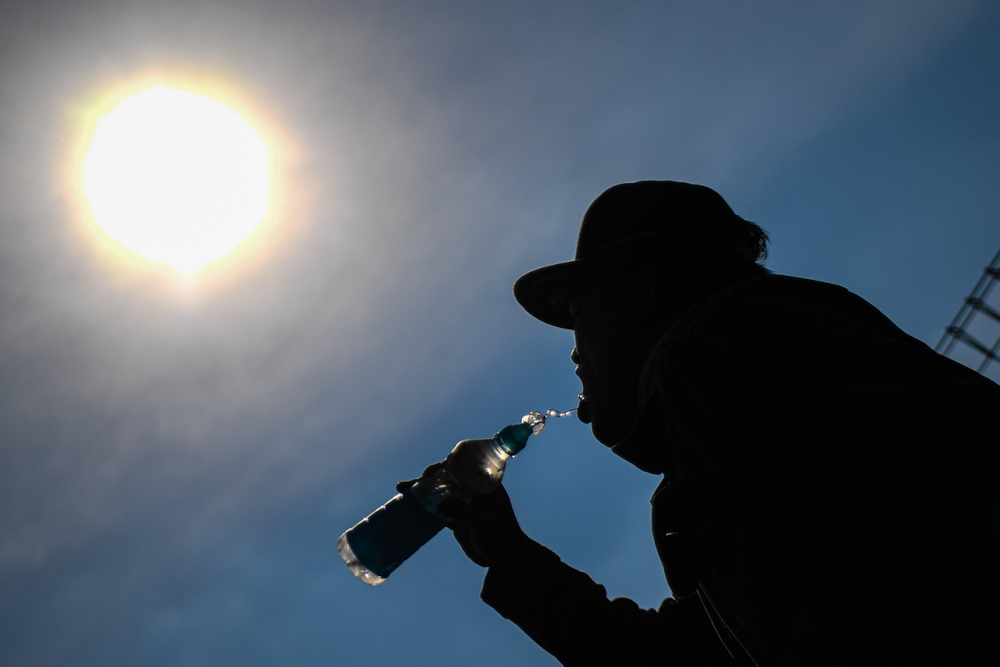Scientists attribute deadly heatwave in West Africa to human-induced climate change

Scientists assert that the recent deadly heatwave in West Africa and the Sahel, particularly in Mali, would have been “impossible” without human-induced climate change.
Temperatures exceeding 48°C led to hundreds of deaths, with the Gabriel Toure Hospital in Mali attributing many casualties to the extreme heat, especially affecting elderly individuals.
Researchers emphasize that activities such as burning fossil fuels contributed to temperatures being up to 1.4°C hotter than usual.
This heatwave, lasting from late March to early April, primarily impacted southern Mali and Burkina Faso. The Gabriel Toure Hospital reported 102 deaths in early April, with heat playing a significant role.
A study by the World Weather Attribution group suggests that climate change made temperatures in Mali and Burkina Faso up to 1.5°C warmer than normal, with nighttime temperatures soaring 2°C above average.
This increase, though seemingly small, could be life-threatening, particularly for vulnerable populations.
While intense heatwaves are still infrequent in the region, scientists anticipate their frequency to rise as the climate continues to warm.
With global temperatures currently 1.2°C above pre-industrial levels, events like the Mali heatwave are predicted to occur once every 200 years.

However, if temperatures surpass 2°C, such heatwaves could become a regular occurrence every 20 years.
In contrast, the severe drought in southern Africa earlier this year, leading to crop failures and hunger for millions, was primarily attributed to the El Niño weather phenomenon rather than climate change.
The lack of significant rainfall during the December-February period across the region was linked to El Niño, causing water shortages and outbreaks of cholera in several countries.
Researchers caution that while climate change contributes to extreme weather events, factors like El Niño also play a significant role, highlighting the complex interplay between natural weather patterns and human-induced climate change.
Source-bbc





